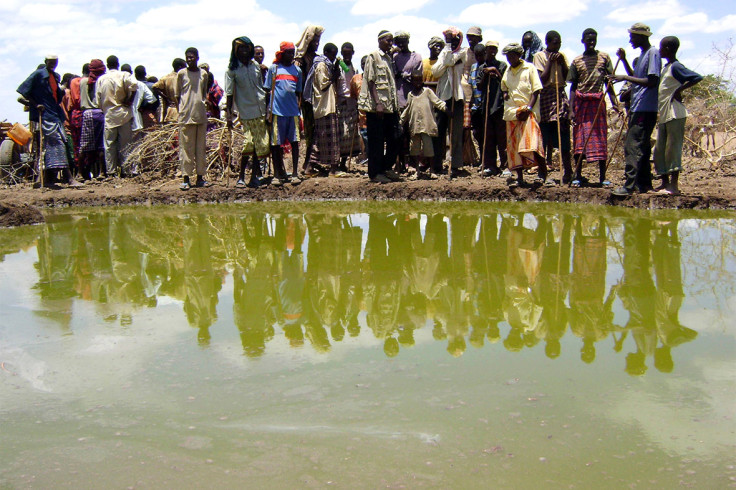Climate change will increase Cholera outbreaks in vulnerable regions

Climate change will lead to more frequent cholera outbreaks in vulnerable regions, a study has found. However, a method using satellite data has been developed to anticipate an outbreak two to four months in advance.
The study, conducted by researchers at the University of Maryland used 40 years of hydrological and climatological data to look into patterns of cholera outbreaks.
The team is now analysing data from Nasa's Gravity Recovery and Climate Experiment (Grace) satellites to identify elements such as temperature, precipitation and groundwater levels that correlate with cholera outbreaks. This information will be used to predict future outbreaks months in advance, says LiveScience.
Unusually, high air temperatures and periods of excessive rainfall, as expected under climate change-induced patterns, create environmental conditions favouring bacterial growth.
While dry conditions see river levels decrease, bacteria accumulate in dangerously high concentrations in such areas, and with excessive rainfall, flooding can spread bacteria to regions that haven't previously been infected.
The link between infectious diseases and climate change was discovered in an IRD study, which also focussed on impacts of high temperatures and flooding.
Cholera is caused by Vibrio cholerae that thrive in aquatic environments and can lead to fatal infections resulting from dehydration.
While the disease is largely eradicated in the world, it persists in pockets with poor water sanitation such as Haiti, Pakistan and coastal Africa.
According to WHO, an estimated 3-5mn cholera cases were registered in 2013, while between 100,000 to 120,000 deaths reported around the world in the same year.
© Copyright IBTimes 2025. All rights reserved.





















